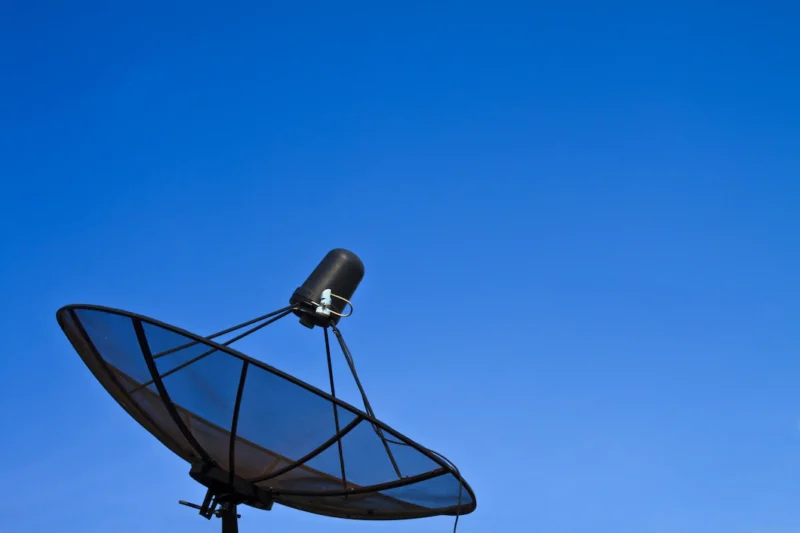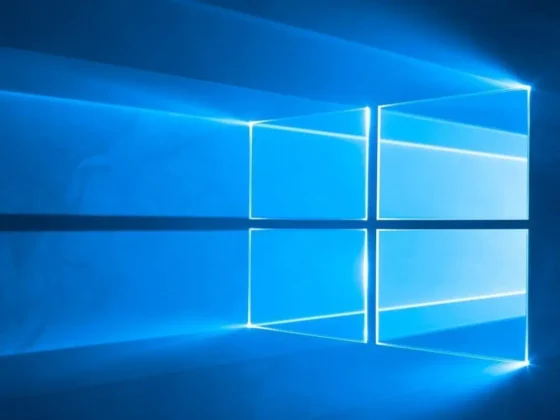DTH technology is a new way of consuming television content, which has been in development for over two decades. It allows users to watch TV shows and movies on their mobile devices or PCs without the need for a cable subscription or expensive hardware.
DTH Technology is the technology that allows wireless broadband internet access using a satellite. It is also referred to as Direct-To-Home TV, or Digital Television in High Definition.
In the past decade, DTH (Direct To Home) technology has risen to prominence in the television broadcasting business. This article will go over DTH (Direct To Home) Technology, its architecture, components, how it works, and the benefits it has over traditional cable TV.
What is DTH (Digital Television) Technology?
Direct-To-Home (DTH) is an acronym for direct-to-home television. Direct-To-House (DTH) is a digital satellite service that delivers television programming directly to your home through a personal dish. DTH eliminates the need for local cable providers and puts the broadcaster in direct contact with the customer.
The image and sound quality is enhanced with Direct to Home Technology. It also provides internet connection, video conferencing, and email services. The improved characteristics of this technology include HDTV (High Definition TV) and 3D TV. It also allows you to record, rewind, and stop live television.
Figure 1: DTH (Direct To Home) Technology Overview
DTH Technology’s Components
The components of a DTH (Direct to Home) system are as follows:
- Antenna for a Dish
- LNBF is a non-profit organization that promotes (Low Noise Block Down Converter plus Feedhorn)
- Cable Coaxial
- Box with a lid
Antenna for a Dish
It’s a Parabolic Reflector, to be precise. It receives the signal and sends it to the LNBF, which acts as a receiver for satellite Parabolic Reflector signals.
LNBF is a non-profit organization that promotes (Low Noise Block Down Converter Feedhorn)
Feedhorn is a little metal horn antenna atop the dish. It gathers the signal from the dish, amplifies the signal that bounces off the dish, and filters out the background noise (signals not carrying programming).
Cable Coaxial
It’s the cable that links your small dish to your set-top box.
Set-Top Box (DTH)
Unlike a normal cable connection, a DTH Set Top Box decodes encrypted transmission data and transforms it to audio and visual signals.

Figure 2: DTH System Components
Direct-to-consumer technology architecture
The Direct to Home System’s architecture consists of the following components:
- Satellite
- Centre for Broadcasting
- Multiplexer
- Modulator
- Encoder
- Receiver for DTH
Satellite
In the Direct To Home system, a Geo-Stationary Satellite is crucial. Satellites have a considerably longer “line of sight” range than TV antennas because they are higher in the sky. The signals are sent to the DTH Antenna through this device.
Centre for Broadcasting
The Broadcast Centre is the system’s nerve center. The television provider collects signals from different programming sources here before beaming a broadcast signal to satellites in Geostationary orbit. The transmitting station’s signals are received by the satellites, which then rebroadcast them to the earth.
Multiplexer
A multiplexer is a device that combines the data from several channels into a single channel. It belongs to the broadcasting center. The Multiplexer at the Broadcasting Centre combines all of the frequency signals into a single channel and sends it to the Geo-Stationary satellite. The single channel is sent to the Modulator.
Modulator
Modulation is the technique of superimposing an information signal onto a high-power carrier signal. The signals are modulated by the Modulator and sent to the Encoder.
Encoder
The Encoder converts the signals into a format that can be sent. The signals are sent from the satellite to the DTH Antenna, which then delivers them to the Set Top Box.
Receiver for DTH
The receiver is the last component of a DTH system. The encrypted signal is decoded or descrambled by it. It requires the correct decoder chip for that programming package in order to decrypt the signal. The service provider may use a satellite signal to connect with that chip and perform the necessary operations on its decoding software.

Figure 3: DTH Technology System Basic Architecture
What is Direct To Home (DTH) Technology and How Does It Work?
The satellites, which are about 35700 km above the Earth’s surface, send messages to the Earth’s surface broadcast stations. The signals are received by the Broadcast Centre, and the satellite’s transponder aids in the establishment of a communication link between the transmitting and receiving units. The encoded transmissions are rebroadcast via satellite.
The multiplexer muxes or combines the data, audio, and video signals that are converted to digital format by the encoder. At the user’s end, a tiny dish antenna and set-top box will be used to receive, decode, and watch a variety of channels.

Fig. 4 — Working Principle Schematic Representation
DTH Technology’s Benefits
The following are some of the benefits of DTH technology:
- Service coverage is improved.
- There are more channels now.
- Signal quality has improved.
- There are many languages to choose from.
- The user simply pays for the channels and services that he or she want.
- Parental Lock, Pre-booked Pay-Per-View, and Impulse Pay-Per-View are examples of applications.
DTH Technology’s Disadvantages
The following are some of the drawbacks of DTH technology:
- One of the most significant issues for Direct To Home customers is the inability to watch any channel during heavy rains owing to poor signals.
- Changing service providers is difficult since the customer must pay extra fees to purchase a new Set Top Box from the new provider.
Also see: What is ZIGBEE Technology in the Internet of Things: Architecture, Network Topologies, and Applications Feedback, Devices, Working Principle, and Applications of Haptic Technology Elements of Nanotechnology, Types of Nanofabrication, Applications, Benefits, and Drawbacks Virtual Reality (VR) Technology: What it Is, What It Isn’t, What It Isn’t, What It Isn’t, What It Isn’t, What It Isn
DTH Technology is a term that refers to the different technologies used by Direct-To-Home (DTH) TV providers. These technologies include satellite, cable and fiber optics.
Frequently Asked Questions
What is DTH and how it works?
DTH stands for Distributed Turret Hack, and it is a method of playing Beat Saber that involves the use of a computer to control the game. This allows you to play on higher difficulties than what was originally intended by Beat Games.
What is the difference between DBS and DTH?
DBS is a digital broadcast satellite, and DTH is a digital terrestrial television.
What is DTH full form?
Direct To Home.



